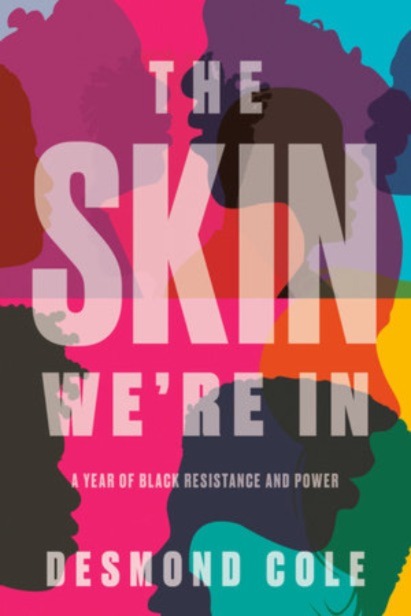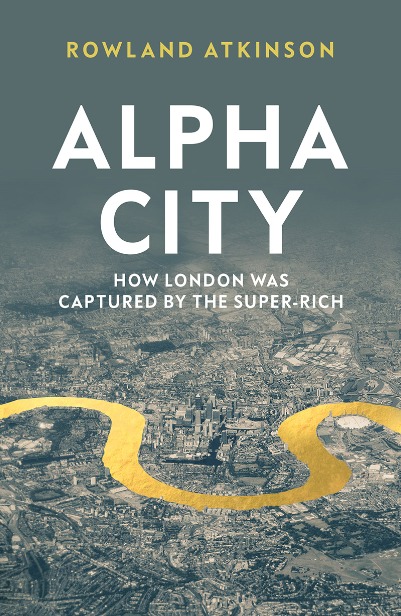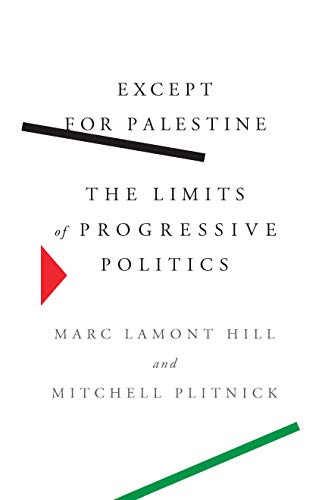Boom: Mad Money, Mega Dealers, and the Rise of Contemporary Art, Michael Shnayerson, Public Affairs, 2019, pp. 450, ISBN: 978-1-61039-840-4
According to Dr. Clare McAndrew of Arts Economics, a research and consulting firm focusing solely on the art economy, global sales of art and antiques totalled $64.1 billion in 2019, a couple of percentage points down its year-on-year level. Nonetheless, it continued steadily fluctuating around a $60 billion mark. About 80% of global sales of art in 2019 occurred in the US, the UK or China, with 44% of global sales by value captured by the US. More than half of the sales were in the gallery and dealer sector, indicating their continued importance in the global art trade. Indeed, only four so-called mega dealers dominate the market: Larry Gagosian, David Zwirner, Iwan Wirth and Arne Glimcher. Their annual sales amount to hundreds of millions, each new sale ensuring an increase in the value of the next. On average, each of their customers holds 76 works in their collections, with a third of those held in storage, bank vaults, or in a Freeport, tucked away from tax authorities and appreciating in value while benefitting from lax or non-existent regulation regimes.
In Boom, Michael Shnayerson, contributing editor for Vanity Fair, traces the post World War II rise to power of art dealers and their galleries, charting how their pursuit of self-interest transformed art into a vehicle for enrichment and status. He chronicles the slow and steady concentration of “power, taste and value” while peppering the stories with gossipy glitz and palace intrigues.
As Shnayerson shows, World War II was a watershed event that transformed art in the way it was produced, bought, stored and viewed. From pre-war art collectors Peggy Guggenheim and Betty Parsons, whose galleries showed the works of abstract expressionists, such as Jackson Pollock, Willem de Kooning, Franz Kline and other greats of the New York School, emerged entrepreneurial dealers who used their inherited richesse to purchase their way into the art scene. Sidney Janis, the inventor of the two-pocket shirt, and Leo Castelli, with money from his father-in-law, would transform art into a business. The pattern was simple. A promising or an already established artist with critical acclaim would be given a stipend in return for their work, the sale of which would pay off the stipend given and provide handsome profits to their dealers. Lured by the promise of a more comfortable future, many artists exchanged their run-down lofts of downtown New York for greener pastures, committing themselves to particular dealers as a way of survival. Their works began appearing in private galleries of their well-connected and influential benefactors who would talk up their works, thus increasing the artists’ prestige and pocketing the money. The walls of the Castelli Gallery, an early gallery housing famous art of the ’60s and ’70s, were adorned with the works of Jasper Johns, Robert Rauschenberg, Frank Stella, Roy Lichtenstein, and Cy Twombly, while the gallery itself teemed with nouveau riches and collectors, vying for a glimpse and an offer.
Always on the prowl for new artists, these dealers occasioned a shift in the dominant form of art of the day, bringing fame to new artists and styles of art. From post-WWII abstract expressionism emerged the pop art of Andy Warhol, who transformed artistic philosophy and aligned it with the dominant forms of late capitalism. Fordist production of silk-prints for commercial sale brought fortunes to him and his early dealers, cementing his works in the pantheon of “great art.” As long as the sales of pop artists, such as Rosenquist, Oldenburg and Warhol, performed, the Minimalists and Conceptualists had to wait their turn. However, the dealers themselves faded too and were replaced with others, brasher and more aggressive, who pursued wealth and further concentrated power in the art world. From Castelli emerged Larry Gagosian, a one-time partner of Castelli, known as “the great white shark.” Sales kept increasing, and in 1980, Arne Glimcher, another dealer, “startled the world by orchestrating a record-breaking million-dollar sale.”
Technological advancements and globalization facilitated the boom in art sales. Widespread air travel allowed dealers and collectors to travel the world to hype up their artists, move artists from Europe to America, and stipend their work or put them up in residences and bind them to themselves. Increasingly, being famous depended on how one was represented and marketed; even though Shnayerson’s narrative attempts to portray the artists as a rags-to-riches story, ultimately, their success depended on who signed them up. For example, while Oscar Murillo, a Colombian contemporary artist, grew up in poverty and spent his nights working as a janitor in a high-rise, his success largely depended on super curator Hans Ulrich Obrist allowing him to stage his The Cleaners’ Late Summer Party with Comme des Garcons at the Serpentine Galleries. His visibility was determined by the market, while similarly, it was precisely the market that extinguished others, framing aesthetic experience in terms of its commercial viability.
Moreover, with the increasing concentration of wealth, there emerged more buyers for art. Later, digital technology innovations, such as Instagram, email, and other photo-sharing services, became another way for dealers to connect to potential buyers. Shnayerson recounts one such episode when Brett Gorvy, former head of Christie’s, posted an image of a 1982 Basquiat portrait of Sugar Ray Robinson before boarding a plane to Hong Kong, only to sell it two days later to one American collector who had contacted him through Instagram for $24 million. Others rely on more traditional venues such as art biennials, triennials, and art fairs, where gallery owners set up booths to exhibit their artists or auctions. These are used to shore up values of pieces held by dealers, going so far as to bid up the price of a piece in order to ensure that other pieces by the same artist also rise in value. Naturally, such an environment breeds vicious competition between those who dominate the art market, leading to animosities between the mega dealers, which translates into more pressure to find a profitable artist. That the ultimate goal is a quest for wealth rather than some lesser objective is evident in Mary Boone’s guilty plea to filing false federal income returns in the US and her sentencing to 30 months in prison. Indeed, as Peggy Guggenheim lamented in her memoirs published in 1960, “the entire art movement had become an enormous business venture.”
While Shnayerson’s narrative focuses on cumbersome details of the extravagant lives of various mega dealers, it incidentally shows how art was transformed into a vehicle for investment, held by an increasingly small number of people who can afford it. The artists are being speculated on, and their work evaluated based on how much money it can bring to dealers who also act as gatekeepers. Art then becomes a reflection of the product’s commercial viability. It is commodified and stripped from all its non-economic characteristics while contributing to the transformation of the dominant aesthetic. Artists are workers who sell their labour-power to the dealers who in turn profit off it. Through them, capitalism successfully colonizes culture, art and our everyday life.




